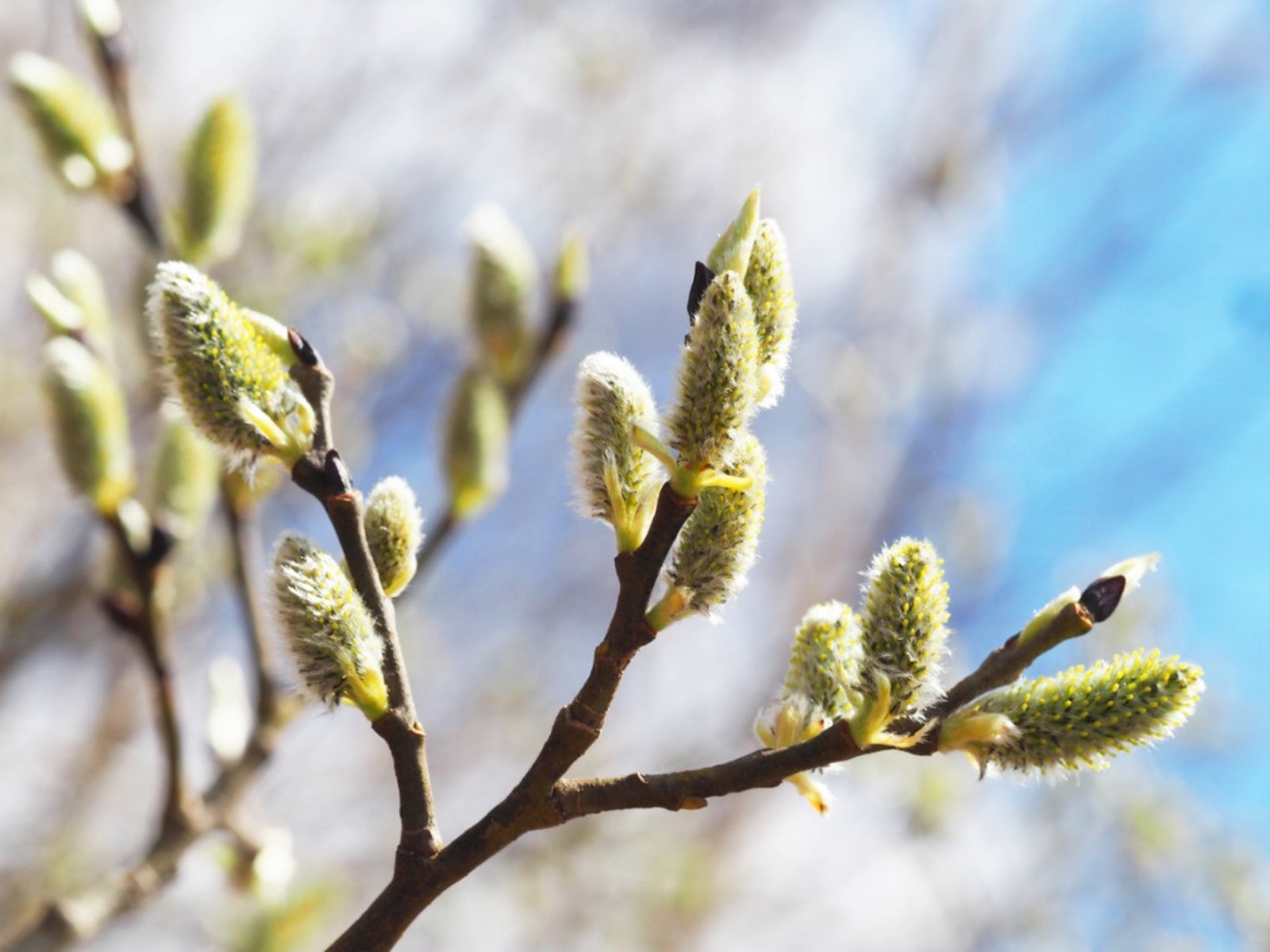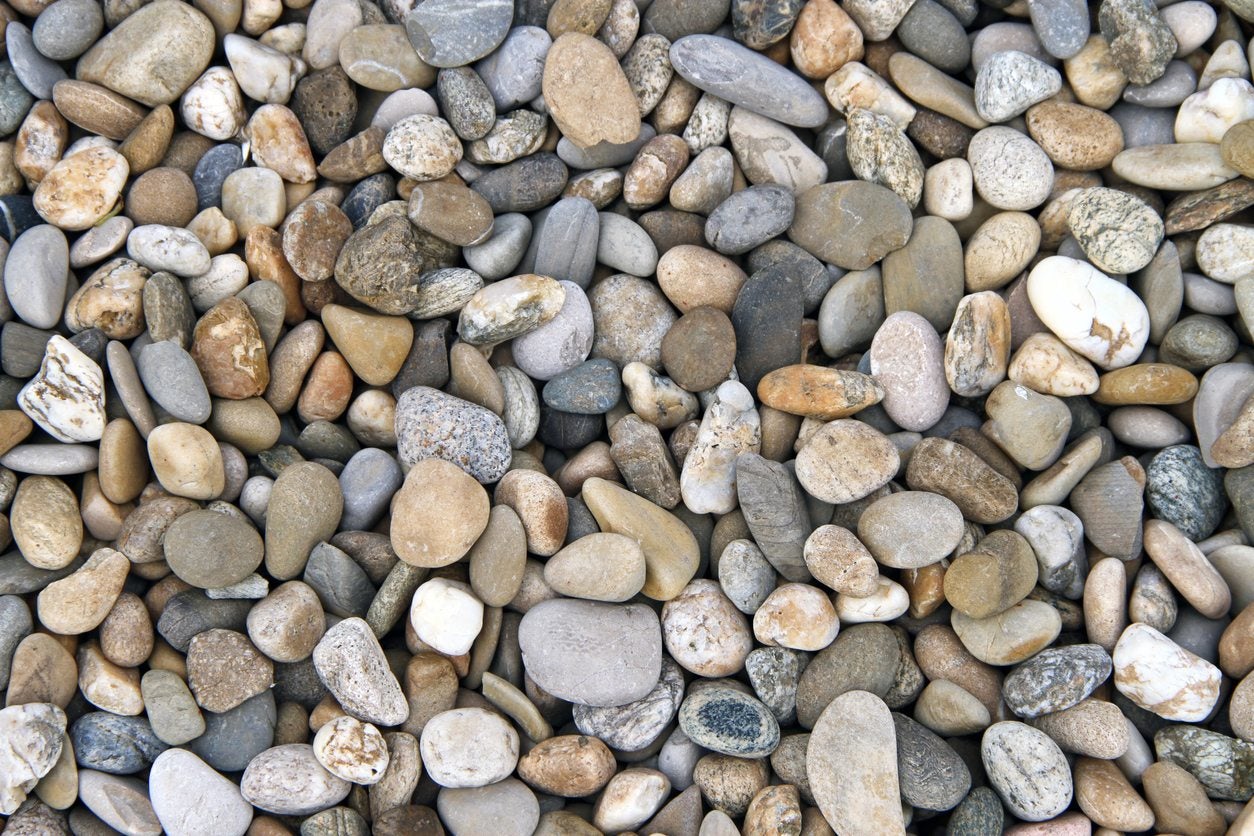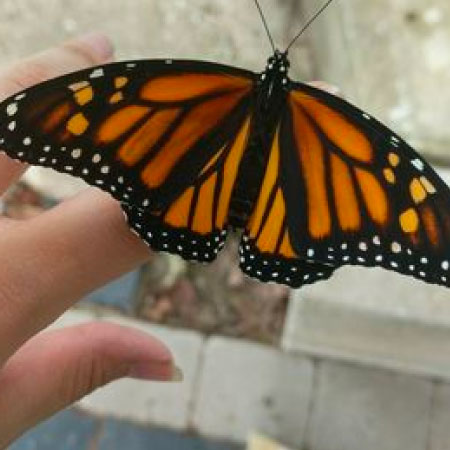
Darcy Larum
Latest articles by Darcy Larum
-
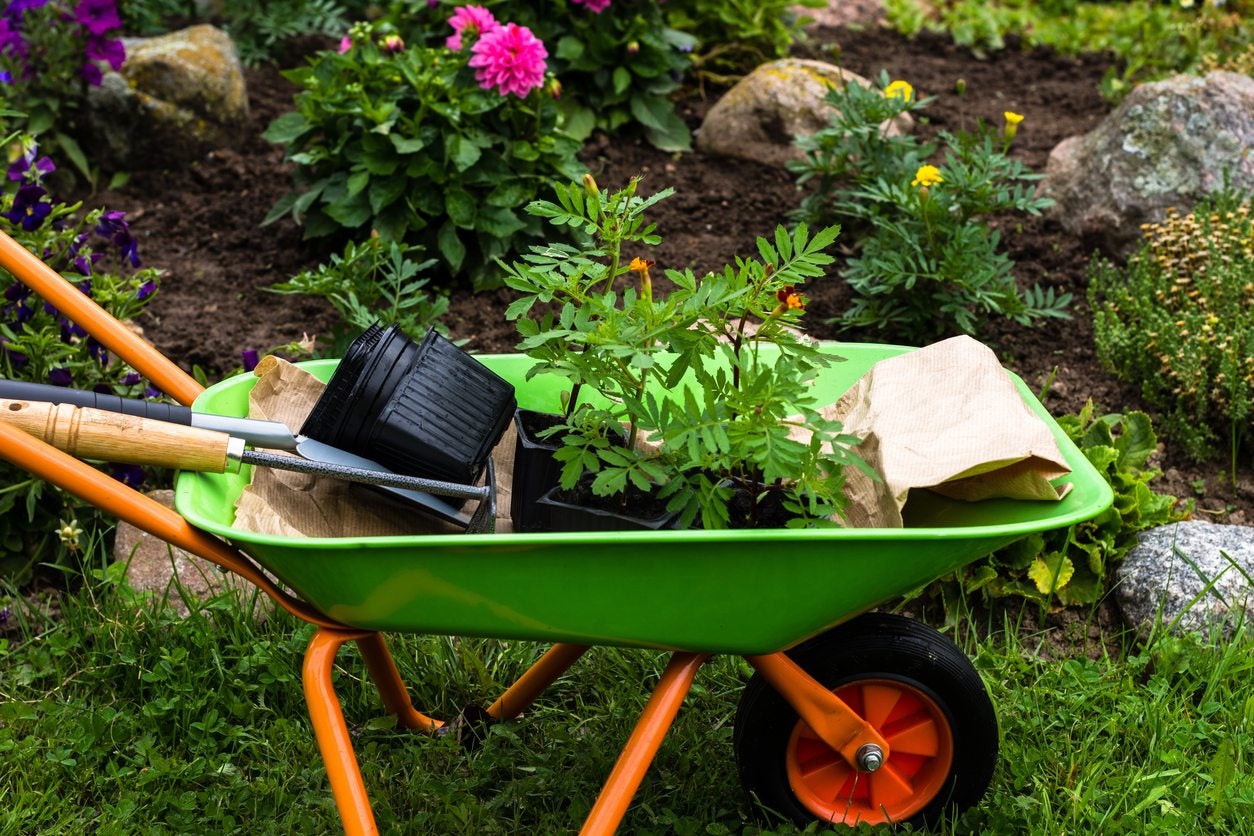
Choosing A Wheelbarrow – Learn About Different Types Of Wheelbarrows
Not all wheelbarrows are the same, though, so which type of wheelbarrow you should buy depends on the tasks you need it for. Click the article that follows to learn more about how to choose a wheelbarrow and the different types of wheelbarrows.
By Darcy Larum
-
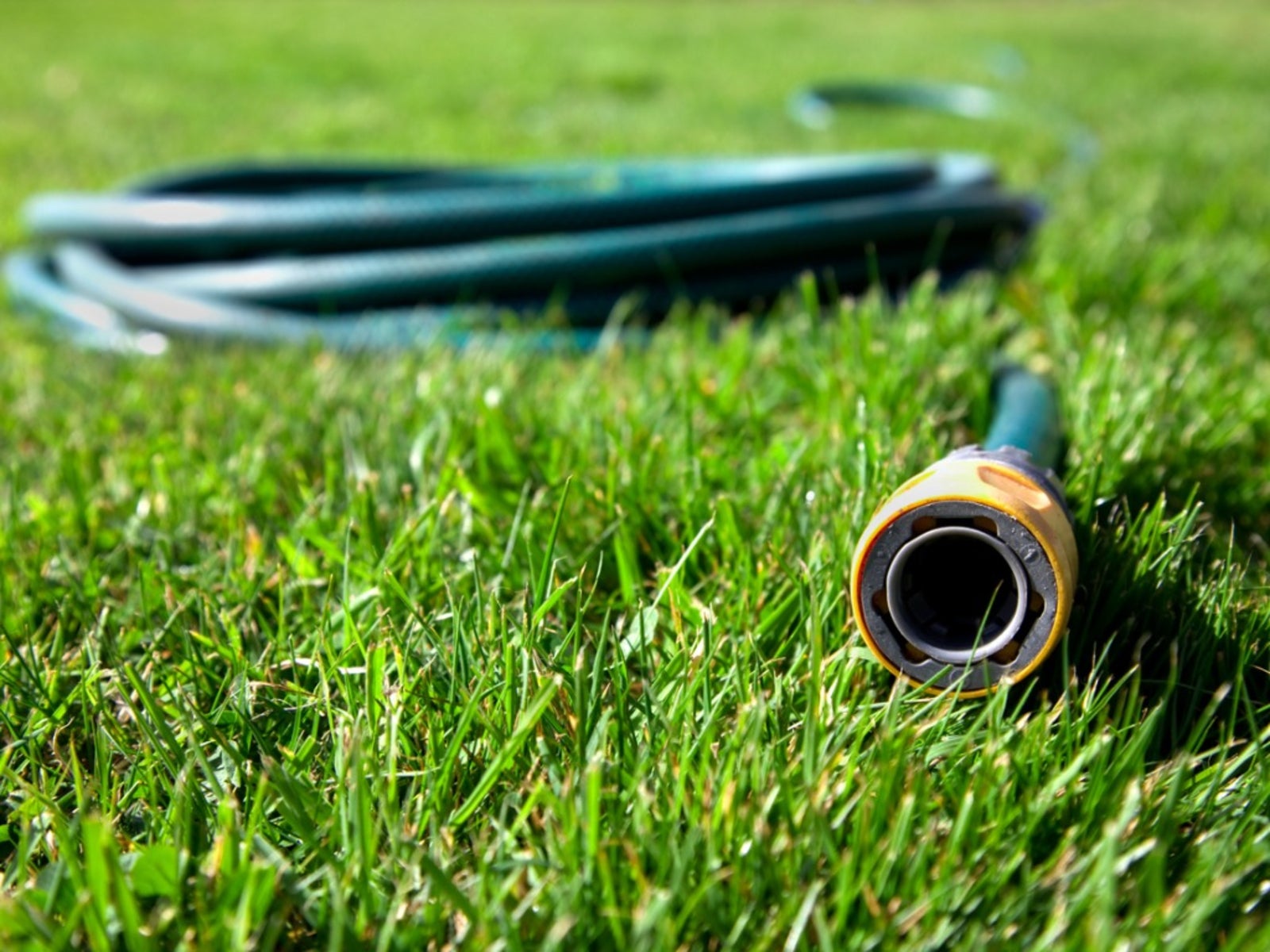
Garden Hose Information: Learn About Using Hoses In The Garden
A garden hose is an important and necessary tool for anyone with a yard or garden. Choose the right one for your particularl gardening needs.
By Darcy Larum
-
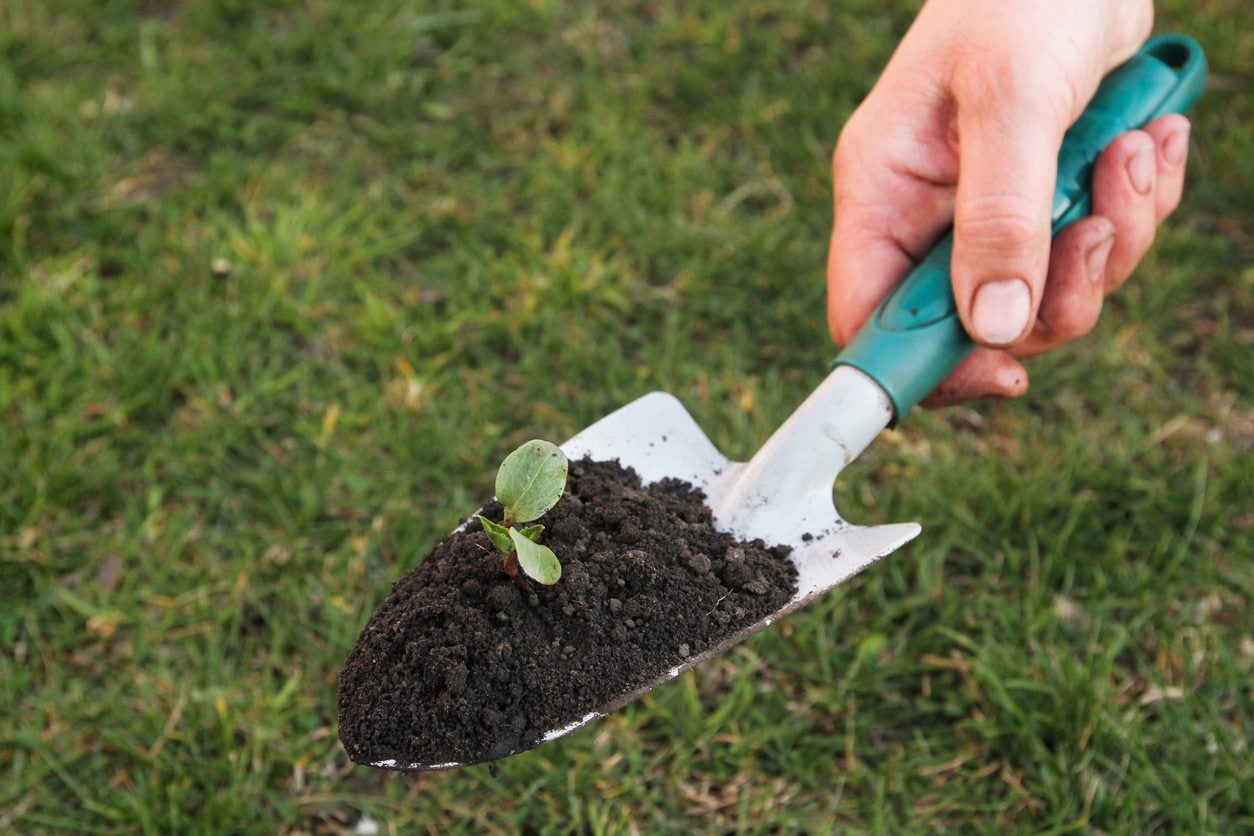
Garden Trowel Information: What Is A Trowel Used For In Gardening
By Darcy Larum
-
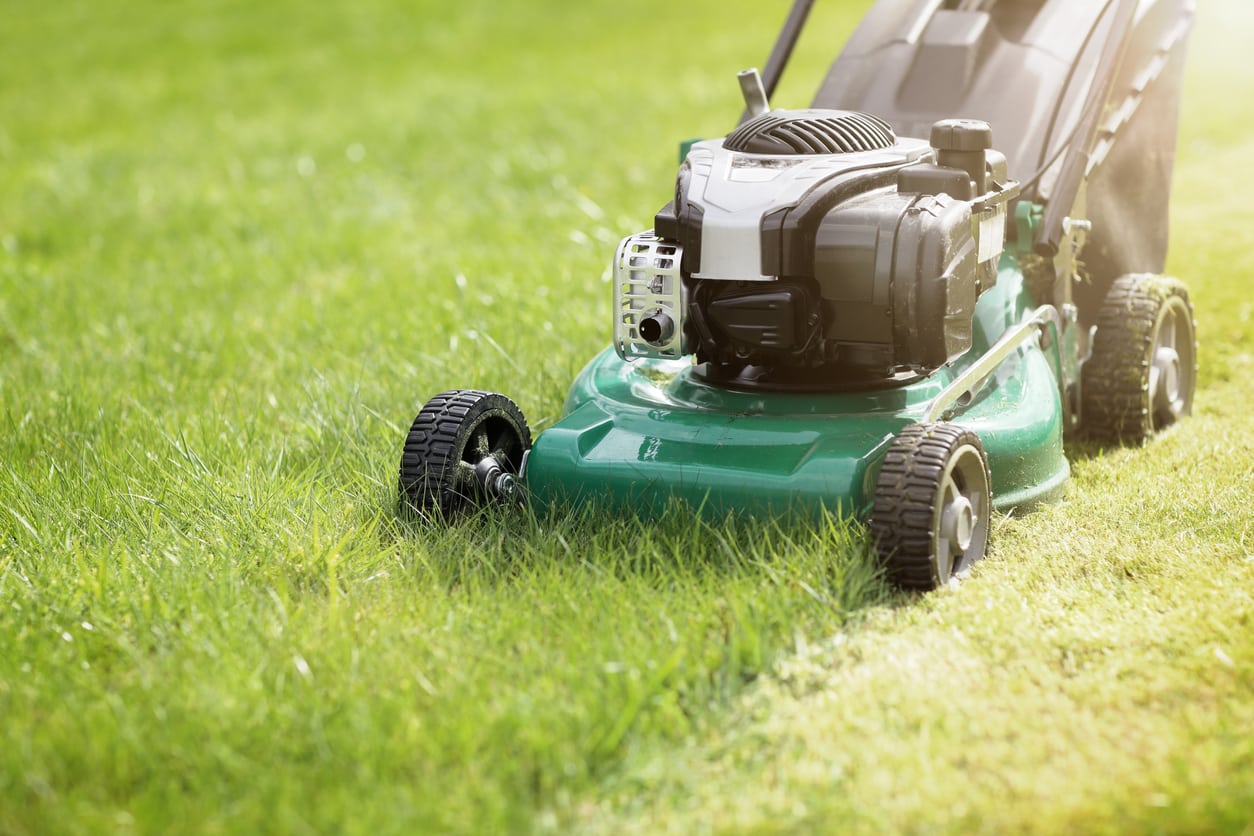
Lawn Mowing Equipment: What Are The Different Kinds Of Lawn Mowers
In addition to regularly purchasing fertilizers, herbicides and seed for overseeding, homeowner's desiring a perfect lawn may also have to invest in a good quality lawn mower. Understanding your lawn mowing options is important. This article will help with that.
By Darcy Larum
-
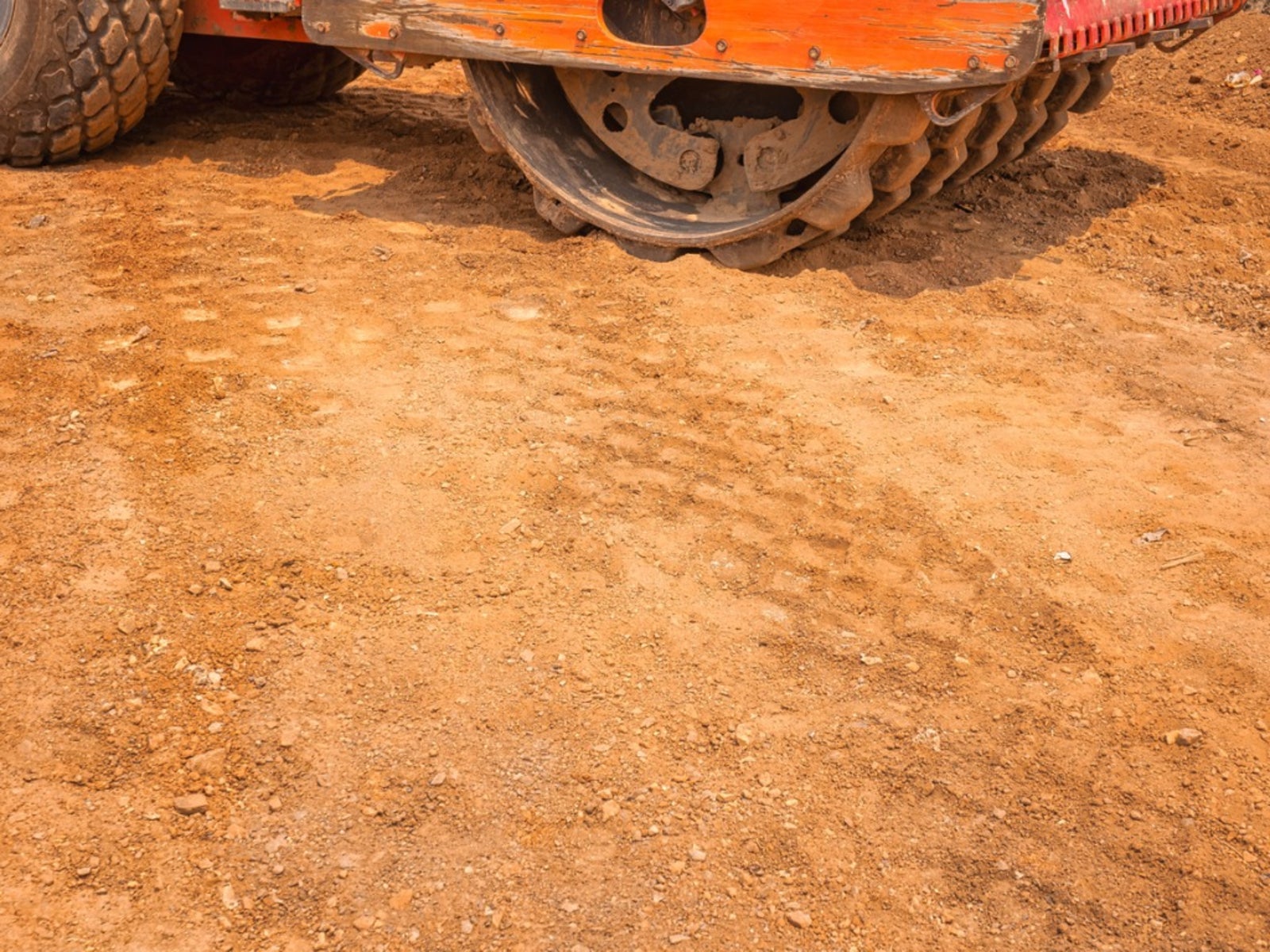
Determining Soil Compaction: Is My Soil Too Compacted For Gardening
Oftentimes, topsoil is brought in around new construction areas and graded out for future lawns. However, underneath this thin layer of topsoil there may be severely compacted soil. Learn how to tell if soil is compacted in this article.
By Darcy Larum
-
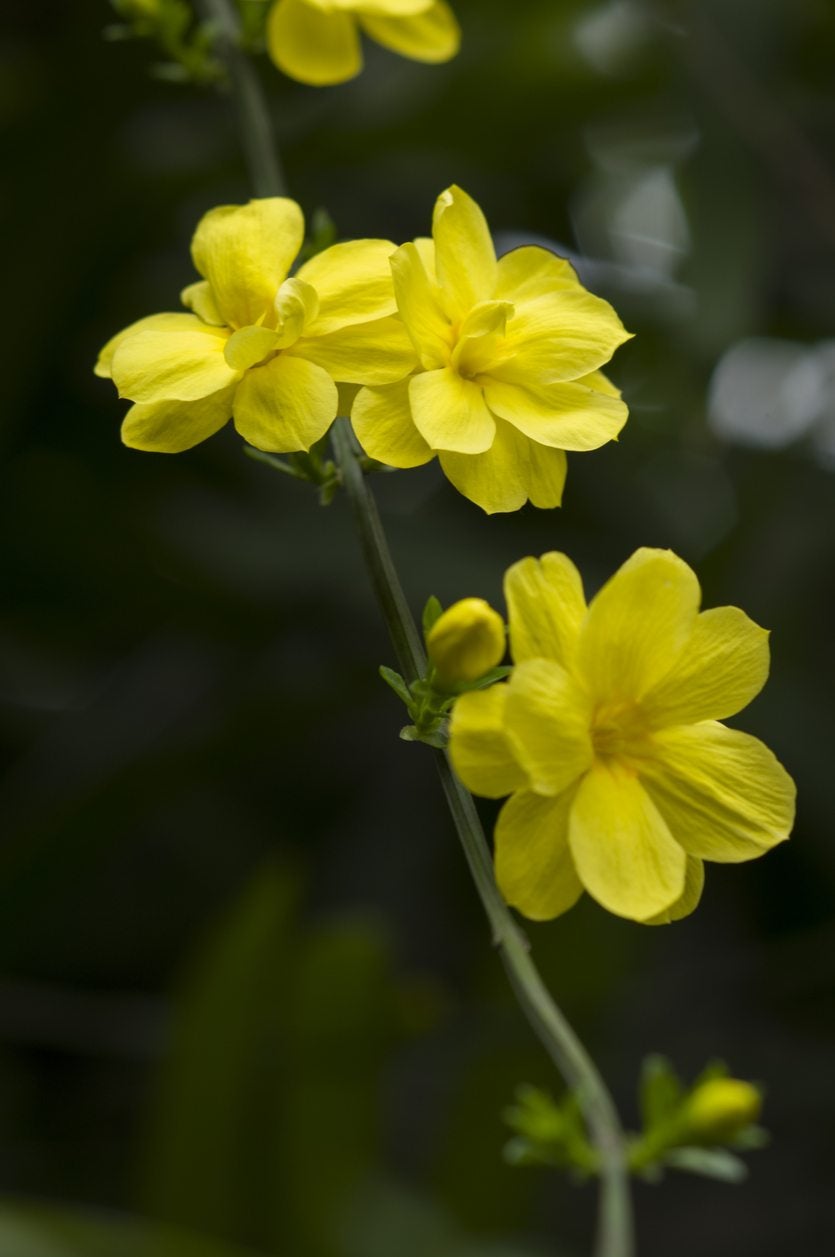
Hardy Jasmine Vines: Choosing Jasmine Plants For Zone 6
With a little extra care in winter, even common jasmine can be grown in zone 6. However, winter jasmine, or Jasminum nudiflorum, is the more often grown jasmine variety for zone 6. Click this article to learn more about growing jasmine in zone 6.
By Darcy Larum
-
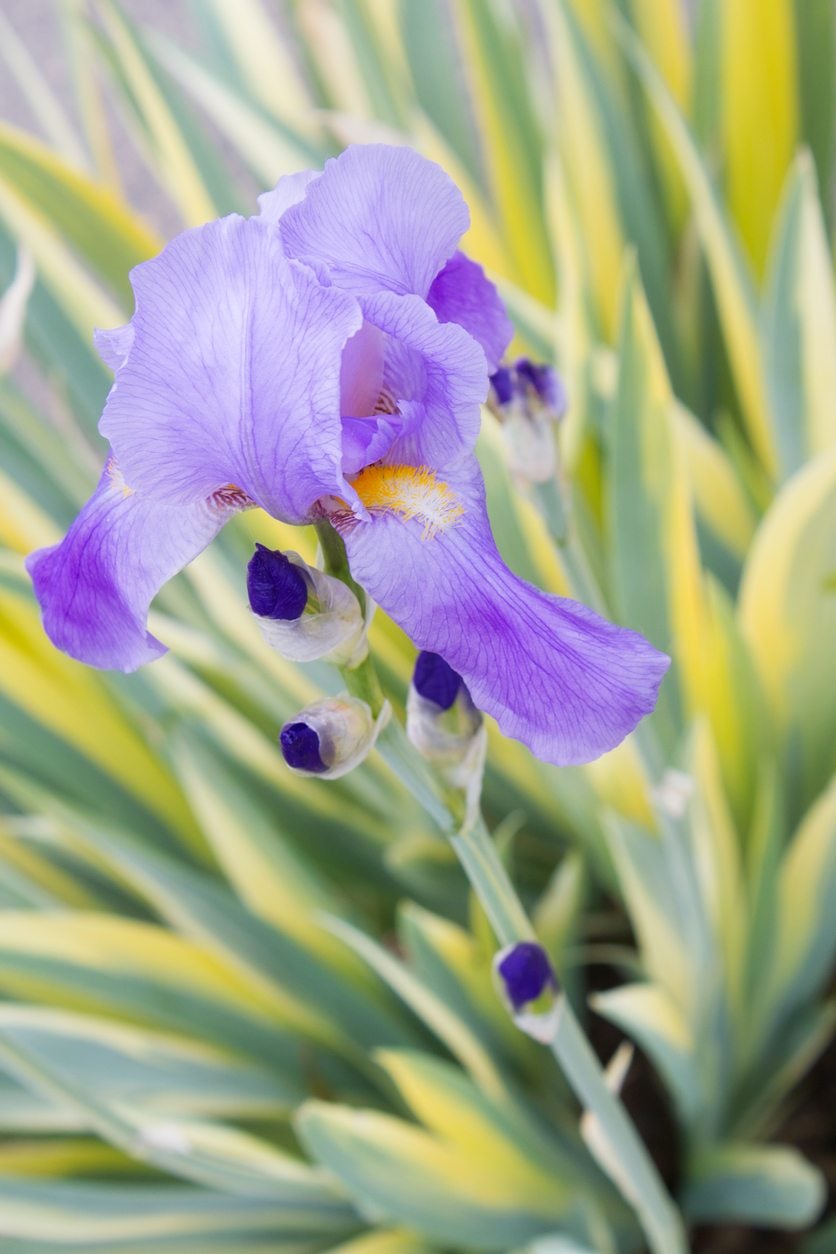
Sweet Iris Care: Growing A Variegated Sweet Iris Plant
Variegated sweet iris plants are known for their dramatic vertical stripping of gold, cream, white, and bluish-green foliage. They're great for adding interest to gardens and are easy to grow. Click here to learn more about sweet iris care.
By Darcy Larum
-
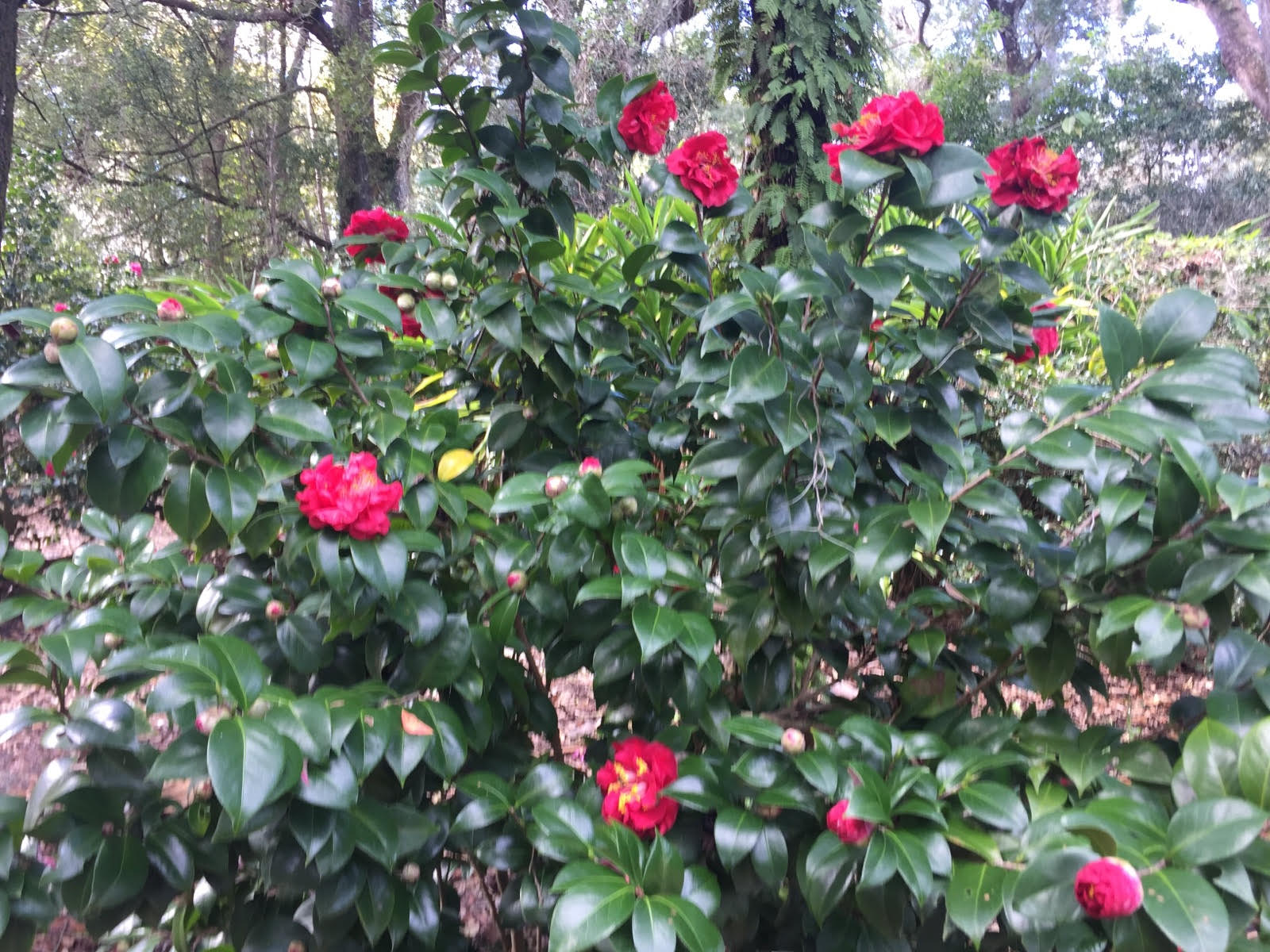
Hardy Camellia Plants: Growing Camellias In Zone 6 Gardens
In the past, camellias could only be grown in U.S. hardiness zones 7 or higher. However, in recent years, plant breeders Dr. William Ackerman and Dr. Clifford Parks have introduced hardy camellias for zone 6. Learn more about these hardy camellia plants here.
By Darcy Larum
-
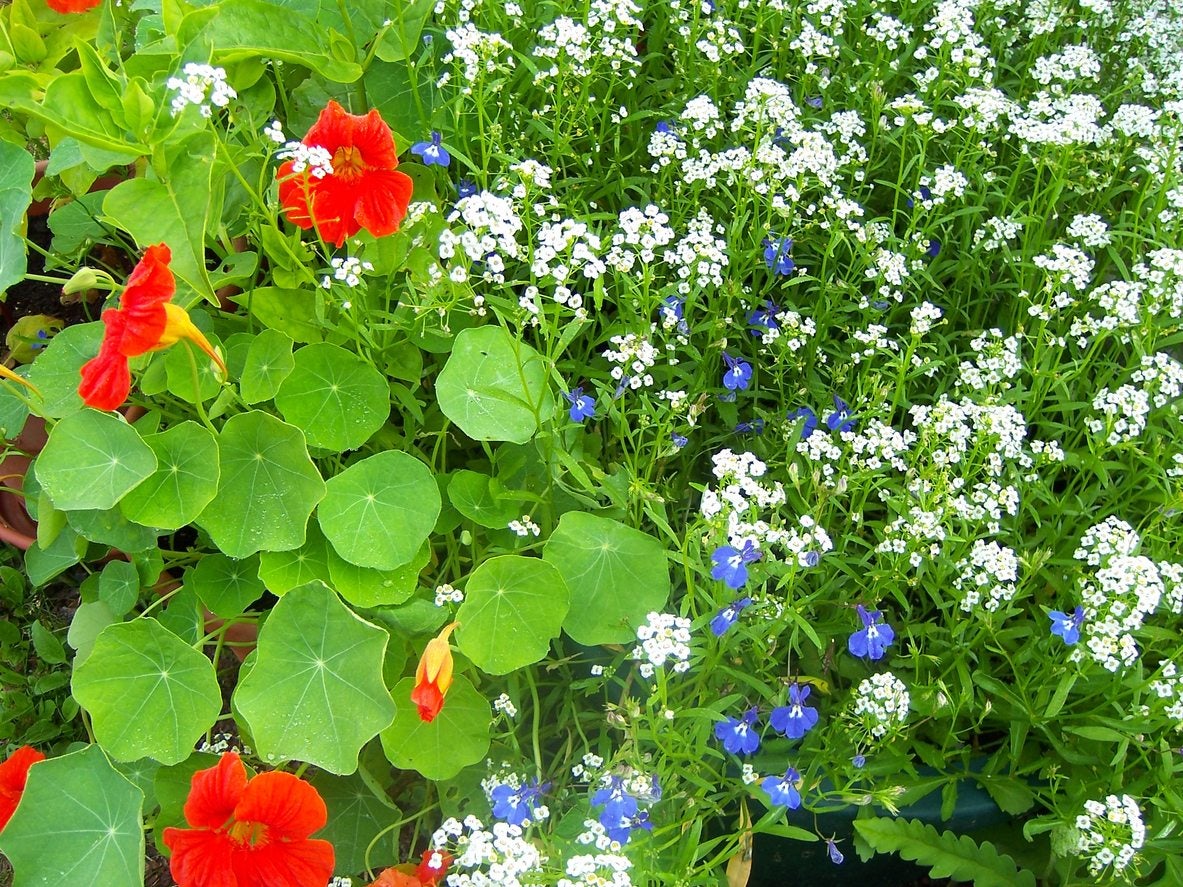
Zone 6 Flowers: Tips On Growing Flowers In Zone 6 Gardens
With milder winters and a longer growing season, many plants grow well in zone 6. If you are planning a flowerbed in zone 6, you're in luck, as there are hundreds of hardy flowering plants to choose from. This article lists annuals and perennials for zone 6 gardens.
By Darcy Larum
-
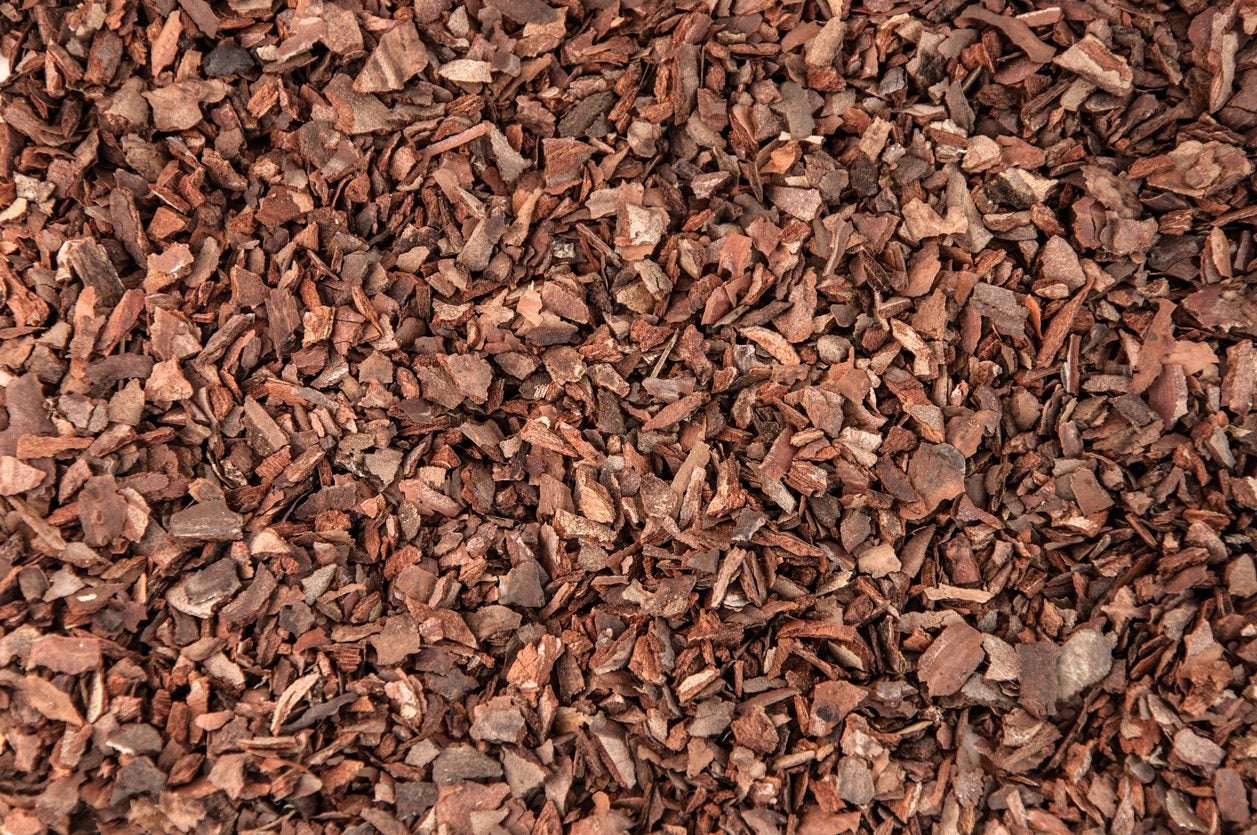
What Is Pine Bark: Information On Using Pine Bark For Mulch
Properly placed organic mulch can benefit soil and plants in many ways. With so many choices of organic mulches on the market, it can be confusing. This article will discuss the benefits of pine bark mulch. Click here for more information.
By Darcy Larum
-
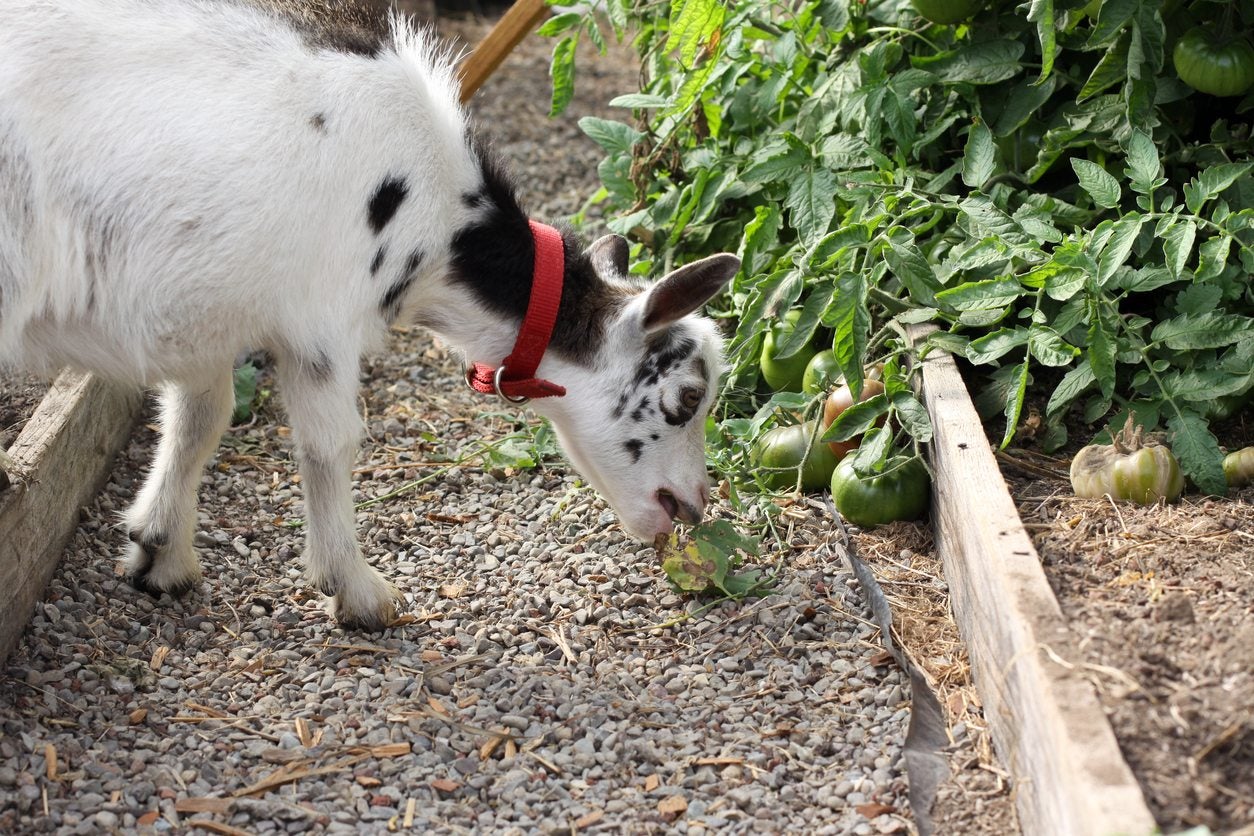
Tomato Plant Protection: How To Protect Tomato Plants From Animals
While birds, hornworms, and other insects are common pests of tomato plants, animals can be a problem too. Learn how to protect your plants here.
By Darcy Larum
-

Zone 6 Bulb Gardening: Tips On Growing Bulbs In Zone 6 Gardens
Zone 6, being a milder climate, gives gardeners the opportunity to grow a wide variety of plants. Many cold climate plants, as well as some warmer climate plants, will grow well here. This is also true for zone 6 bulb gardening. Learn more in this article.
By Darcy Larum
-
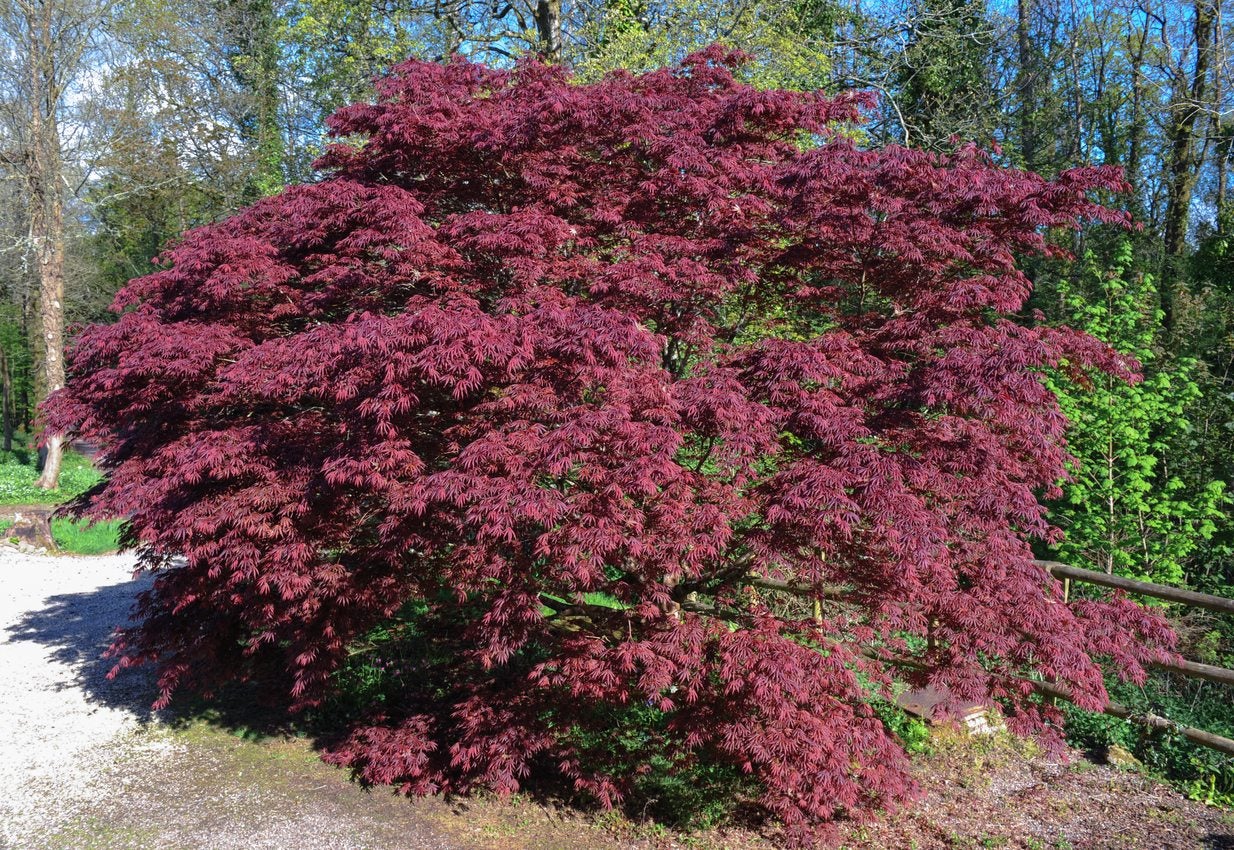
Japanese Maples For Zone 5: Can Japanese Maples Grow In Zone 5 Climates
While there are varieties of Japanese maples for zone 5, and even some that are hardy in zone 4, many other varieties are only hardy to zone 6. Click the following article to learn more about growing Japanese maples in zone 5.
By Darcy Larum
-
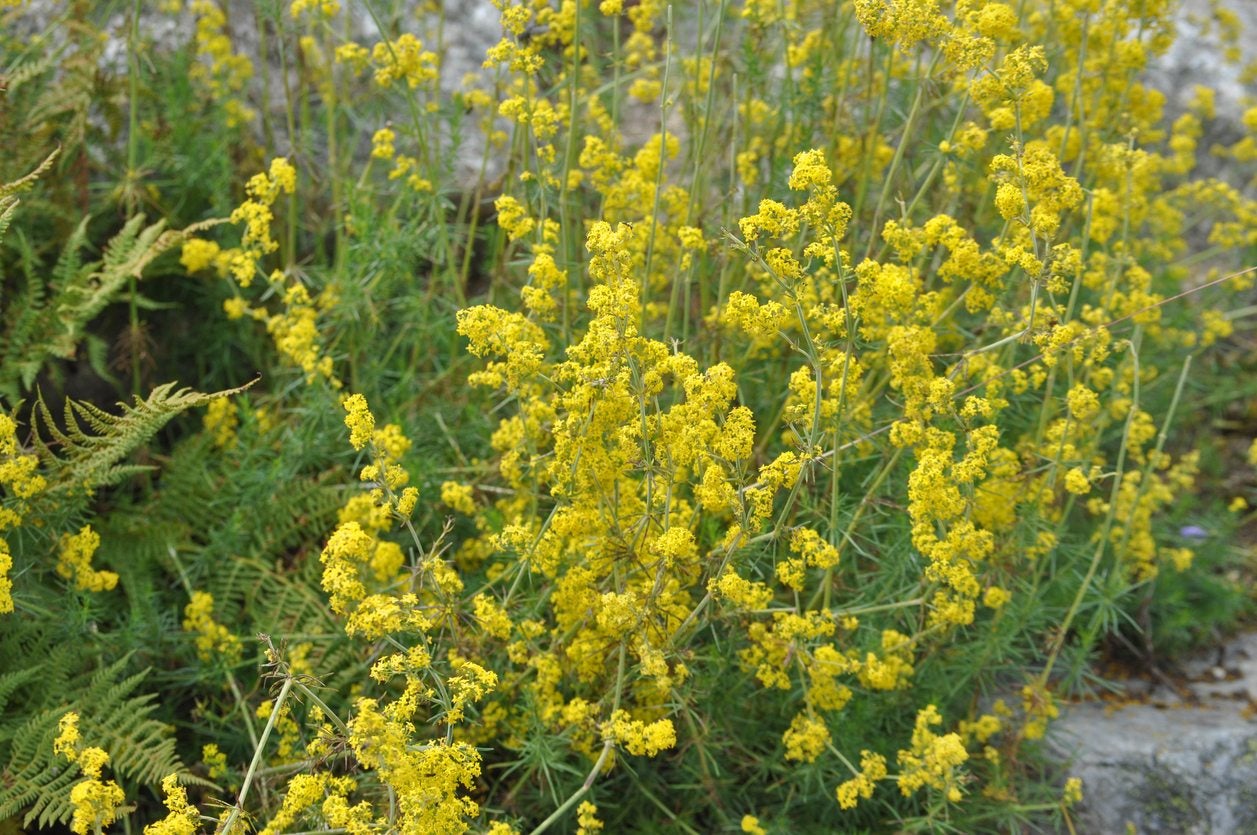
Lady’s Bedstraw Plant Info – How To Grow Lady’s Bedstraw Herbs
Due to its importance as an herb, lady's bedstraw was brought to North America by early immigrants and has naturalized throughout the United States. In this article, I will cover the herbal uses of lady's bedstraw, as well as how to grow lady's bedstraw.
By Darcy Larum
-
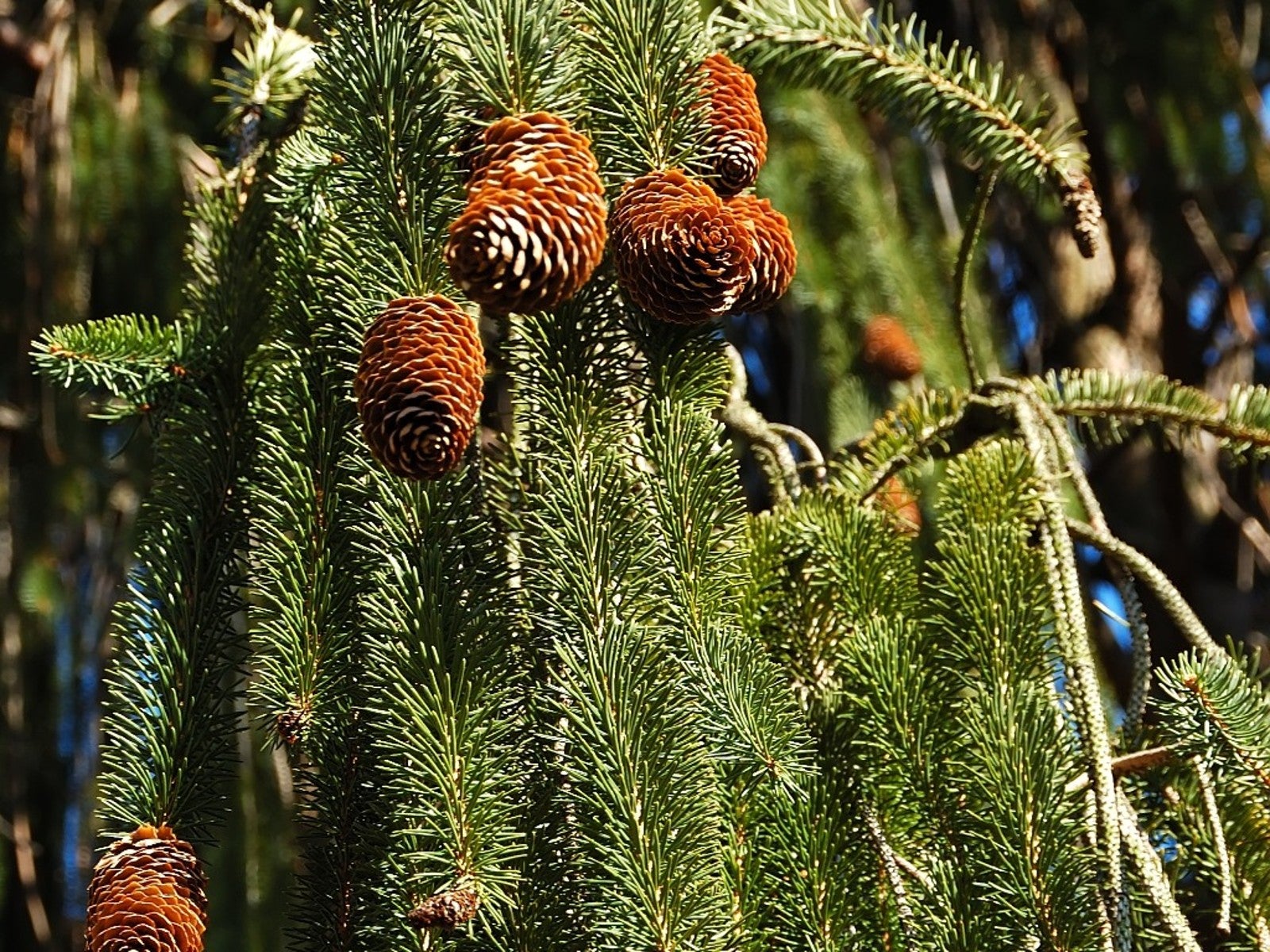
Zone 5 Weeping Trees – Growing Weeping Trees In Zone 5
Different types of weeping trees can be placed in different beds to add variety, while also carrying out shape consistency throughout the landscape. Nearly every hardiness zone has a few choices of weeping trees. This article will discuss growing weeping trees in zone 5.
By Darcy Larum
-
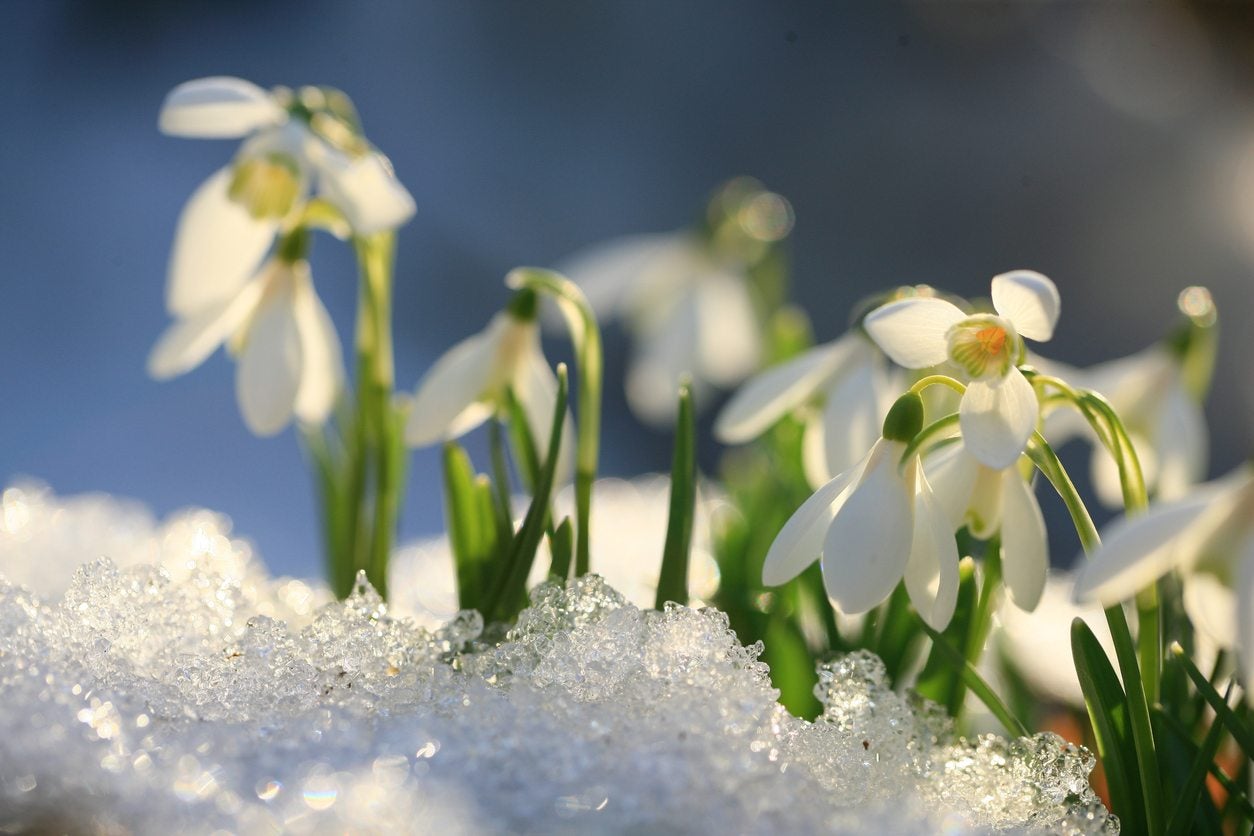
Winter Flowers For Zone 6: What Are Some Hardy Flowers For Winter
In mild hardiness zones, winter-blooming flowers can help cure the winter blues and let us know that spring isn't too far away. Learn more about winter blooming flowers in zone 6 climates and which to choose in the article that follows.
By Darcy Larum
-
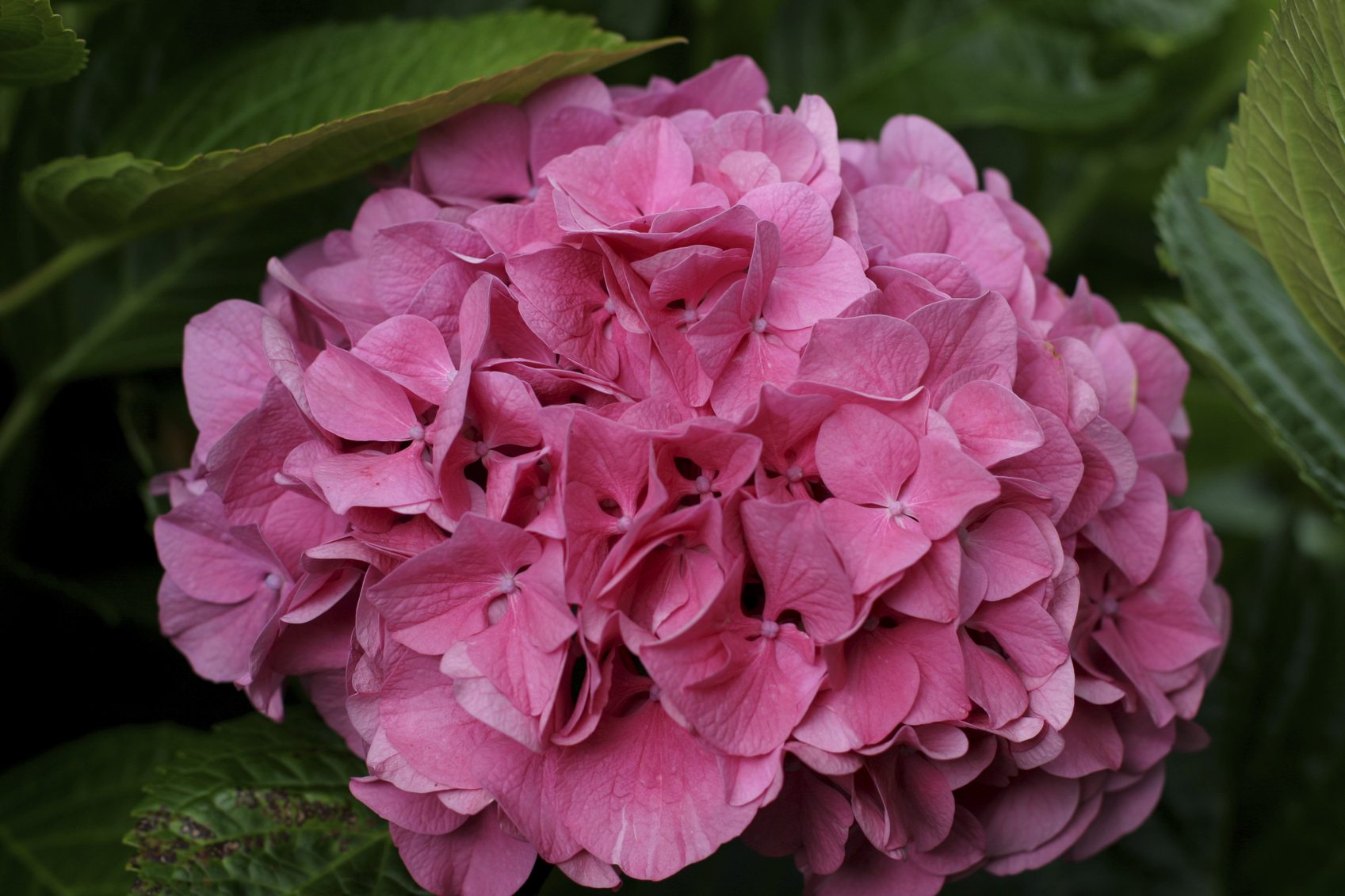
Best Plants For Alkaline Soil – Which Plants Like Alkaline Soil
If your soil is highly alkaline, adding sulphur, peat moss, sawdust, or aluminum sulfate can help neutralize it. Rather than messing with products to alter the soil pH, you can simply add plants suitable for alkaline soil. This article will help with that.
By Darcy Larum
-
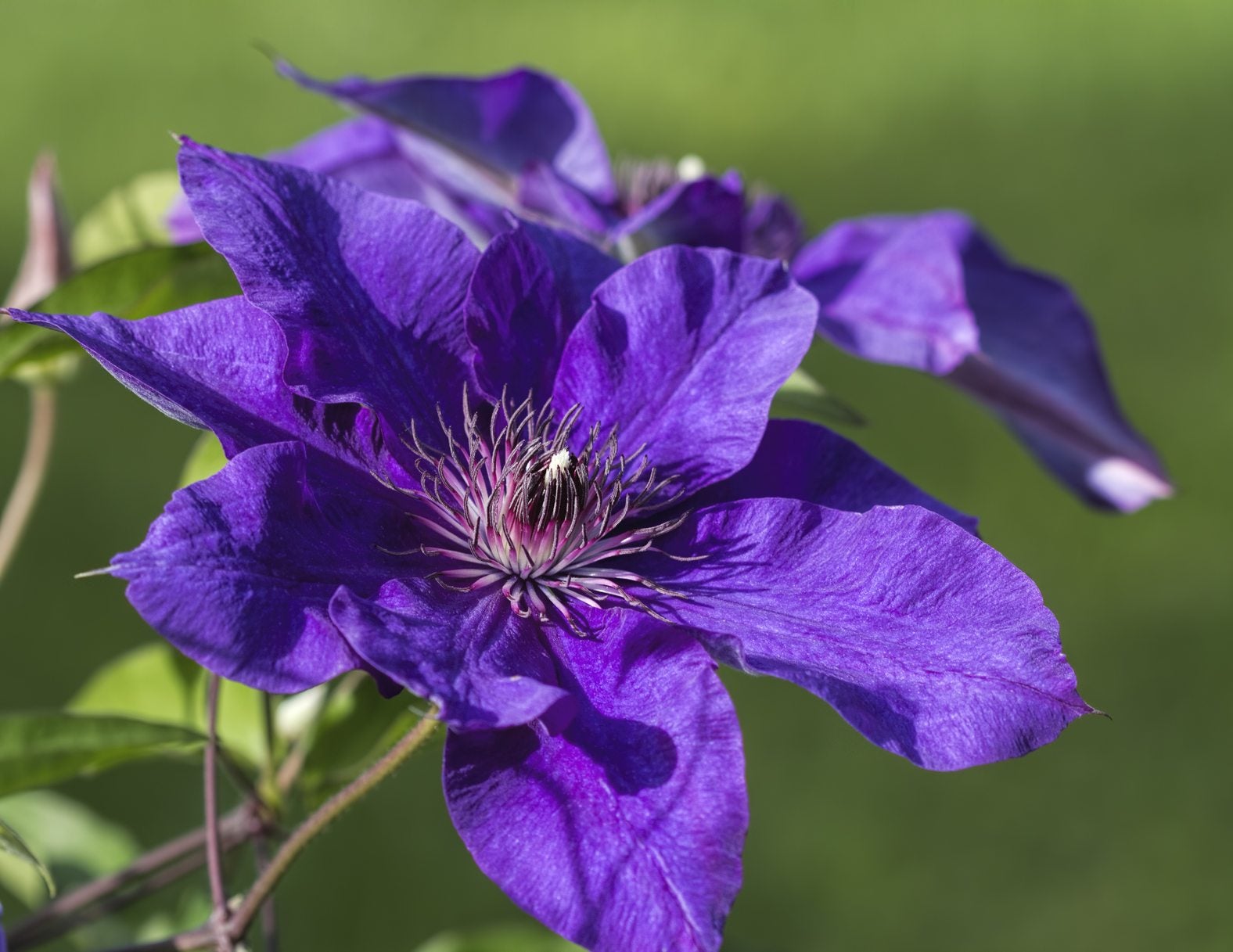
Clematis Varieties For Zone 4: Growing Clematis In Zone 4 Gardens
While not all are considered cold hardy clematis vines, many of the popular varieties of clematis can be grown in zone 4, with the proper care. Use the information in this article to help determine suitable clematis for cold climates of zone 4.
By Darcy Larum
